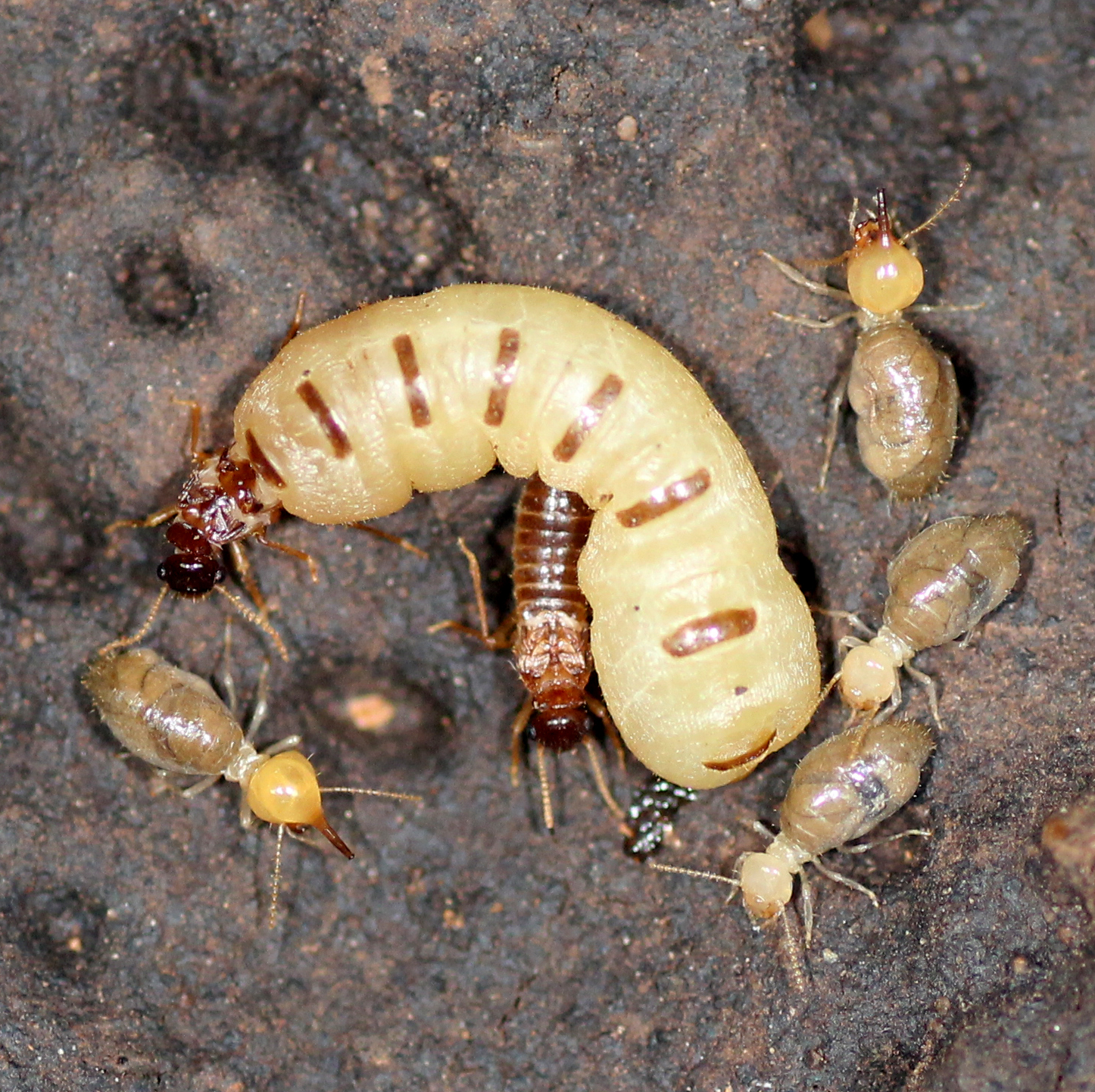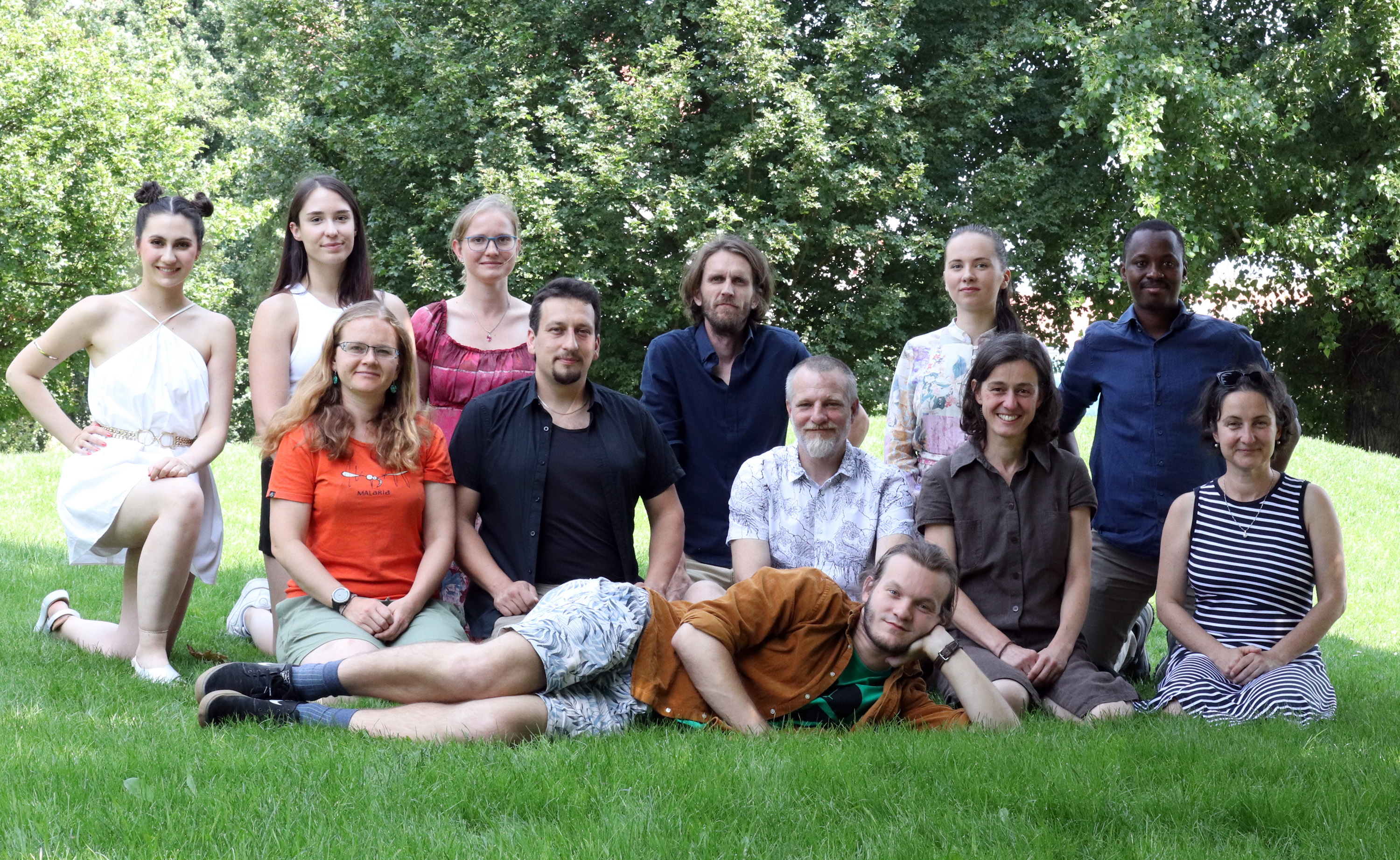O naší skupině
Naše vědecká skupina studuje biologii společenského hmyzu, zejména termitů. Náš výzkum sleduje tři hlavní linie. V první z nich se zabýváme chemickou ekologií termitů, jmenovitě rozmanitostí feromonů a obranných látek, jejich biosyntetickým původem a biologickou funkcí. Druhým cílem našeho zájmu je biologie rozmnožování termitích kolonií, s důrazem na genetické mechanismy zodpovědné za jejich reprodukční úspěšnost. A konečně třetím hlavním tématem je zkoumání fyziologických mechanismů, které umožňují neobyčejnou dlouhověkost termitích králů a královen.

Publikace
Všechny publikace
Identification of the trail-following pheromone receptor in termites
eLife 13: RP101814 (2025)
Pheromone communication is the cornerstone of eusocial insect societies since it mediates the social hierarchy, division of labor, and concerted activities of colony members. The current knowledge on molecular mechanisms of social insect pheromone detection by odorant receptors (ORs) is limited to bees and ants, while no OR was yet functionally characterized in termites, the oldest eusocial insect clade. Here, we present the first OR deorphanization in termites. We selected four OR sequences from the annotated antennal transcriptome of the termite Prorhinotermes simplex (Psammotermitidae), expressed them in Empty Neuron Drosophila, and functionally characterized them using single sensillum recording (SSR). For one of the selected ORs, PsimOR14, we obtained strong responses to the main component of P. simplex trail-following pheromone, the monocyclic diterpene neocembrene. PsimOR14 showed a narrow tuning to neocembrene with only one additional compound out of 67 tested generating non…
Evolution of Linoleic Acid Biosynthesis Paved the Way for Ecological Success of Termites
Molecular Biology and Evolution 40 (4): msad087 (2023)
Identification of a queen primer pheromone in higher termites
Communications Biology 5: 1165 (2022)
Long-lived termite kings and queens activate telomerase in somatic organs
Proceedings of the Royal Society B - Biological Sciences 288 (1949): 20210511 (2021)
Complex evolution of insect insulin receptors and homologous decoy receptors, and functional significance of their multiplicity
Molecular Biology and Evolution 37 (6): 1775–1789 (2020)







